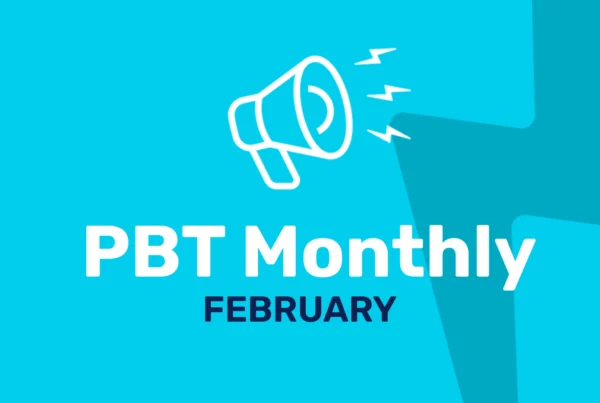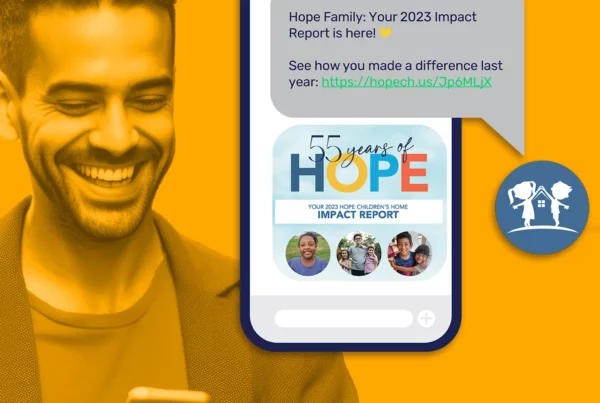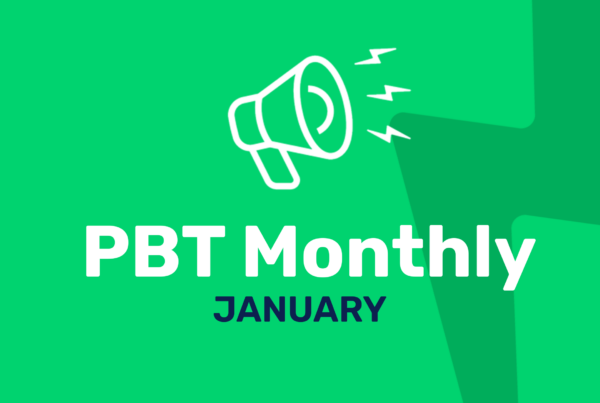
-
Why you should be using video in your messaging
-
What your videos should include
-
How you should send your videos
The way people consume information is evolving. Creating and sending relevant video content is critical as we head further into 2023.
Let’s take a look at the ins and outs of creating relevant videos and the best way to make your videos stand out this year.
Why you should be using video in your messaging
Of all the ways you can create content, if you’re trying to reach people online, the best way to do it is by video.
There has been a steady upward climb in video use online in recent years and some of video’s popularity has to do with how people process them.
- The brain processes images 60,000 times faster than text.
- 90% of the information processed by the brain is visual.
- Viewers retain 95% of a message when they watch it in a video, compared to 10% when reading it in the text.
- In 2021, people watched an average of 18 hours of online video per week, an increase of 2 hours per week compared to 2020, and 7.5 hour increase per week across the past 3 years.
- In 2022, US residents spent an average of 323 minutes per week watching video content – on mobile phones alone.
- Video posts on social media get 48% more views.
When people see images, they gather information from these images more efficiently and this has created an environment where people prefer to see images and video in content messaging. This is evidenced by YouTube’s recent massive growth.
In November 2022, YouTube was the second most visited site online with over 80 billion visits. For context, the next closest was Facebook with a little over 11 billion. This tells us people are going to migrate toward content that is created toward the way they like to receive it.
Other contributing factors for upward video-centric trends are the widespread penetration and use of mobile devices, higher quality screens and the ease of uploading video to YouTube and other social channels.
In 2023, nonprofits and ministries should be implementing video or maximizing video content in their communication strategies.
What your videos should include
Short-form video (videos of 60 seconds or less) has become a highly popular method of online communication.
Social media has led the way for short-form video with services like YouTube Shorts, TikTok (which now has 2 billion users) and even Instagram and Facebook getting in on the act with stories and reels.
They’ve learned the best way to communicate online is via bite-sized videos that grab attention and deliver information quickly.
For a deeper dive into short-form video, check out our article on Four Reasons for Creating Short-Form Video.
73% of people say they would rather watch a short video than other text-based mediums.
Two other techniques for sharing effective short-form videos are user-generated content and personalization
- 59% of people say UGC is the most authentic type of content
- 83% of consumers want authenticity when they’re looking at brands online.
People’s preference for both UGC and personalization tells us they want to see authentic content from the brands they support. Relevant stories from people they can identify with are most impactful.
Now, if you’ve spent any time online lately, you’ve probably noticed how crowded the short-form video on social media space is. When you post a video online, it can have all the right elements, style, look, etc. and still get lost in the mix of everyone else’s content.
For maximum impact, organizations need a way for their message to stand out. That way is texting.
How you should send your videos
Statistics show that people now prefer texting versus other forms of communication.
- 98% of US adults own a mobile phone
- 95% read and respond to text message
- 90% of customers prefer text messages over direct phone calls
Almost everyone has a mobile device. When people get a text message, they quickly read it and usually respond. This much is clear.
So here’s the recipe for this delicious communication cake. Create a short video and text it to your people. It’s that simple.
How you accomplish this is by Multimedia Messaging Services (MMS), which provide the perfect avenue for nonprofits and ministries to send images, audio or video in a text message.
In this scenario, you don’t have to compete with other content on a platform. You’re not fighting the bloated email inboxes we’re all familiar with. You’re getting content into the hands of your people in the way the stats and people are telling us they want it. This is how you accomplish sending relevant video content in 2023.
This year, stand out with your messaging by sending short, personalized videos via text and watch your engagement grow.





3 Comments